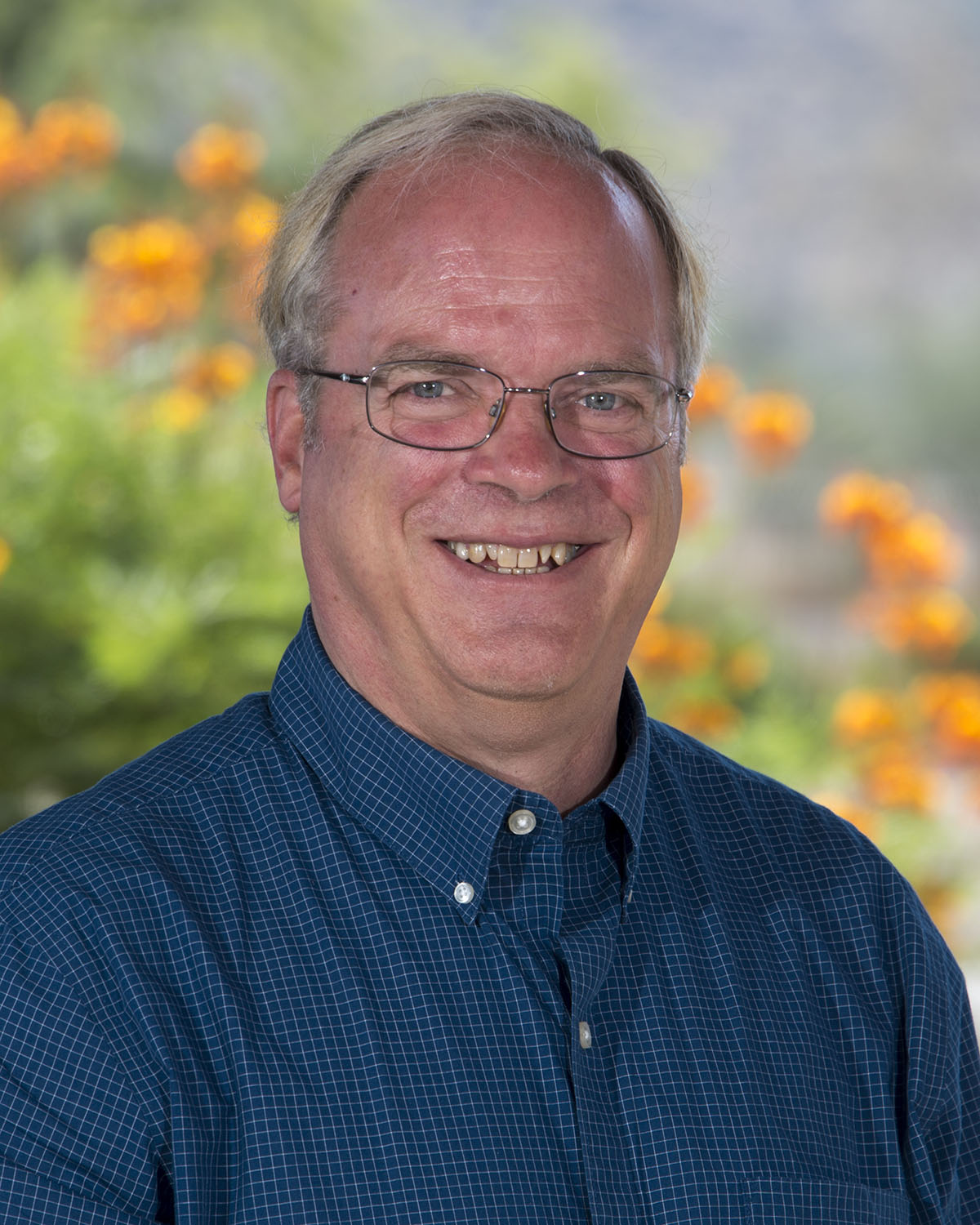Risk managers should instantly identify with the principles of resiliency. Much of what happens in our world is predictable and manageable, and loss prevention efforts can make it even more predictable and controllable. For insurable risks, we can then share or spread the risk for the less predictable and manageable through insurance or pooling. Building resilience helps us prepare for and manage uninsurable risk.
Resilience is a double-sided coin, and one of the ingredients that make its alloy so strong is risk management. One side of the coin, emergency management, is outwardly focused on protecting and restoring our community. The other side, continuity of operations (COOP), is inwardly focused, ensuring we can continue critical services and recover well. In other words, emergency management is what we do for others; COOP is what we do for ourselves.
Government exists to sustain and improve the health, safety and welfare of its community and constituents. K-12 schools and institutes of higher education exist to teach, inspire and protect students. These are not responsibilities to delegate in times of crisis.
A continuity event may be triggered by pandemic, severe weather or natural hazard, extended power failure, failure of critical systems, destruction of records or a facility or loss of key leadership. Have you identified essential functions that must continue uninterrupted or must be reestablished within hours or days? Could you maintain those functions and their necessary support functions for at least 30 days? Would continuity staff and records be available? Have you identified a suitable continuity site to restore critical operations far enough away not to be exposed to the same hazard? Have training and exercises proven effective?
Common themes in emergency management include an “all-hazards” approach; common terminology; scalability; interoperability; consistency in structure, training, exercises, and evaluation; and improvement. While we tend to rely upon our own people and processes during continuity events, emergency operations rely upon a much larger community. Therefore, planning, training, and exercising with others is of even higher value. Elected and appointed officials will need to focus upon policy direction and rained, practiced incident management and emergency operations center teams must be ready to manage.
FEMA and its partners provide free training, much of it available online as independent study. For emergency management, I recommend starting with IS-700, IS-100, and IS-200, followed by at least the G-300 classroom course (FEMA will also encourage IS-800). FEMA’s Professional Development Series (all online classes) and Advanced Professional Series provide structured learning and recognition. Each state’s training officer can provide access to local training.
NFPA 1600, Standard on Continuity, Emergency, and Crisis Management, is available as a free download. FEMA’s Continuity Excellence Series provides two levels of certificate programs. Partners such as TEEX provide excellent (and usually free) programs for FEMA, most of them in your area.
It’s not just a saying; it’s true: All emergencies start locally and end locally. Unlike shows on TV, no one is waiting to walk in and take over. We may marshal regional, state, and federal resources and coordination, but the local authority still bears the responsibility. We must be ready. The outcome will depend upon how well we have planned, mitigated, trained, and exercised.
*The views and opinions expressed in the Public Risk Management Association (PRIMA) blogs are those of each respective author. The views and opinions do not necessarily reflect the official policy or position of PRIMA.*

By: David Parker
Risk Management Analyst, Central Arizona Project
Summary of Qualifications
David has worked to further the practice of public risk management for over 30 years as a risk manager, regulator and practice leader, and by actively supporting and serving on the boards of directors of both national PRIMA and his local chapter. David has managed risk for state and local government, higher education, and special districts and has worked with and supported risk managers across the country in many different types and sizes of organization and leadership philosophies. His leadership development includes the certified public manager, leadership in police organizations, master continuity practitioner, and senior executives in state and local government programs. He has been recognized by PRIMA several times for his commitment to the practice of public risk management including PRIMA’s Certificate in Advanced Risk Management and International Exchange as well as Public Risk Manager of the Year awards.
Responsibilities
David is responsible for strategic and enterprise risk management for the Central Arizona Water Conservation District (known locally as the Central Arizona Project), which serves approximately 80% of Arizona's population. He is a member of CAP's resiliency team and captive insurance management team.
Business Experience
Risk Management Analyst, Central Arizona Project
Director of Risk and Emergency Management, Angelo State University
Commissioner, Industrial Commission of Arizona
Public/Education Sector Practice Leader, Midwest Employers Casualty Company
Director of Risk Management, Pima County, Arizona
Risk Manager, Arizona Department of Transportation
ERM Experience
David led the development of Angelo State University's ERM program. ERM was already well integrated into CAP's operations and he extended the program by developing a risk assessment model for accomplishment of CAP's strategic plan objectives and action items.
Professional Affiliations
National PRIMA and Arizona PRIMA chapter since 1988 (Texas chapter while at ASU)
IPMA-HR and Grand Canyon State chapter
Arizona Self-Insurers Association
Arizona Captive Insurers Association
Former Membership:
URMIA (member, presenter, and conference Pilates instructor)
International Association of Industrial Accident Boards and Commissions
Education
Associate in Risk Management (ARM), The Institutes
Risk Management for Public Entities (RMPE, ARM-P), The Institutes
Senior Executives in State and Local Government, Kennedy School of Government, Harvard University
Leadership in Police Organizations, Arizona POST
Certified Public Manager, Arizona State University
Master Continuity Practitioner, FEMA Emergency Management Institute
Infrastructure Protection Certificate Program, Texas A&M Engineering Extension (TEEX)
Senior Certified Professional, IPMA-HR




